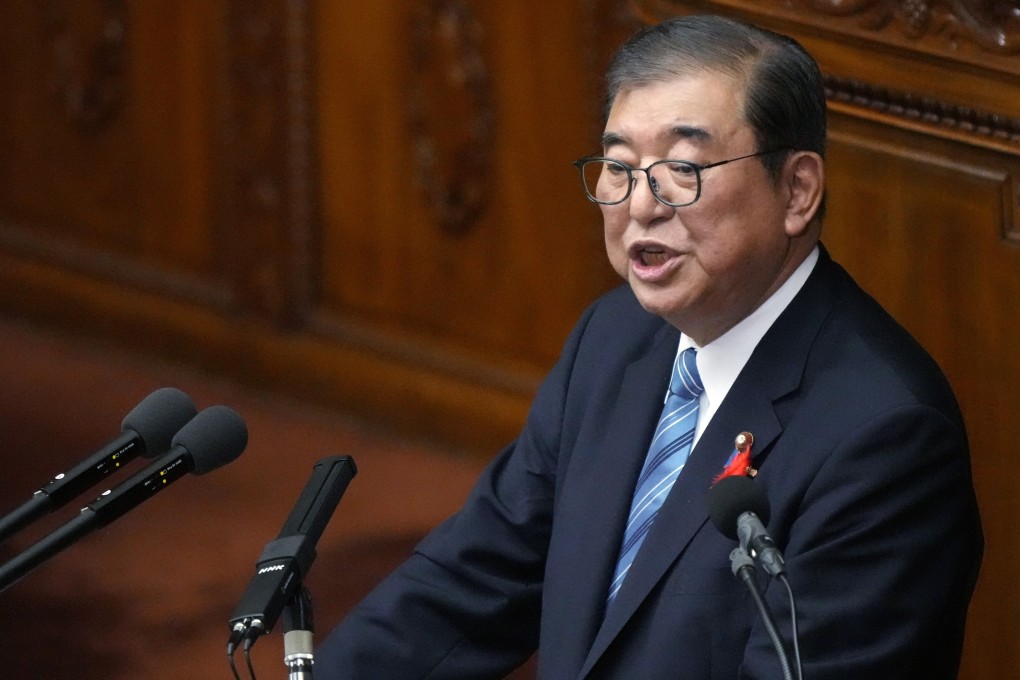‘Asian Nato’ calls, Taiwan moves: should Beijing worry as Japan’s Ishiba gets going?
New leader has work cut out between bold security proposals, getting out of US shadow and need to improve Beijing ties, observers say

Past weeks have seen headline-grabbing security proposals from Ishiba, who took office on Tuesday after being elected leader of Japan’s ruling Liberal Democratic Party (LDP).
These have included a call to form “an Asian version of Nato” – aimed at deterring Beijing and preventing regional conflict, such as over Taiwan. “Today’s Ukraine could be tomorrow’s East Asia,” Ishiba warned on Friday in his first policy speech.
The former defence chief has also suggested stationing Japanese troops on the US base in Guam, through revising the bilateral Status of Forces Agreement (SOFA) and what he says is an “asymmetrical” Japan-US Security Treaty, and urged a rethink of the US nuclear posture in the region to ensure deterrence.
In an opinion piece for Washington think tank the Hudson Institute ahead of the LDP vote late last month, Ishiba said his proposed Nato-like alliance must also “consider America’s sharing of nuclear weapons or the introduction of nuclear weapons into the region”.
